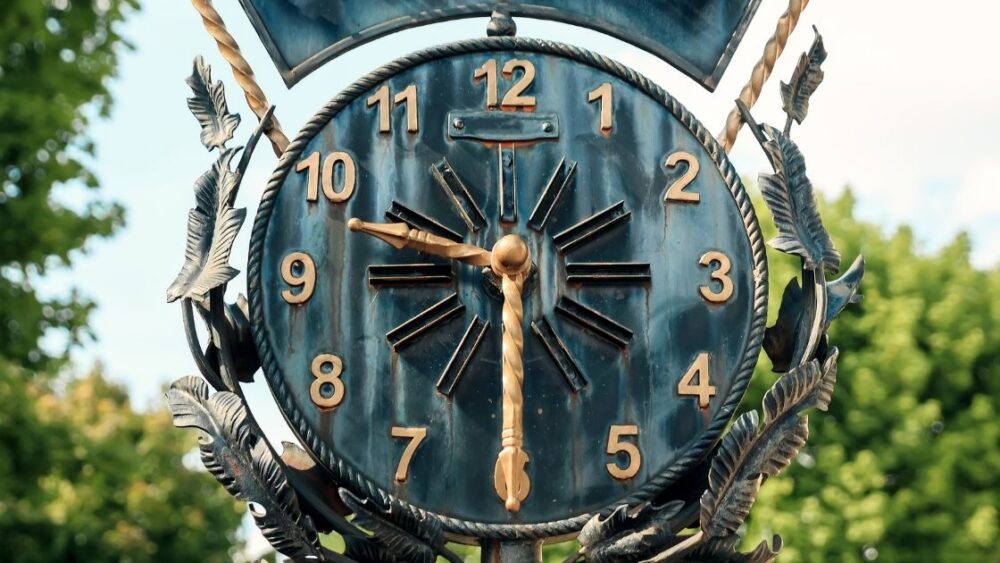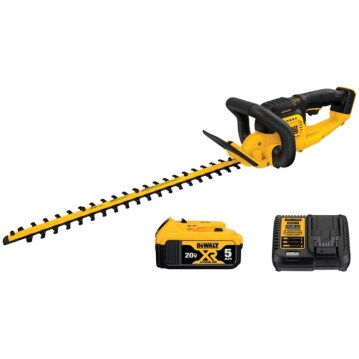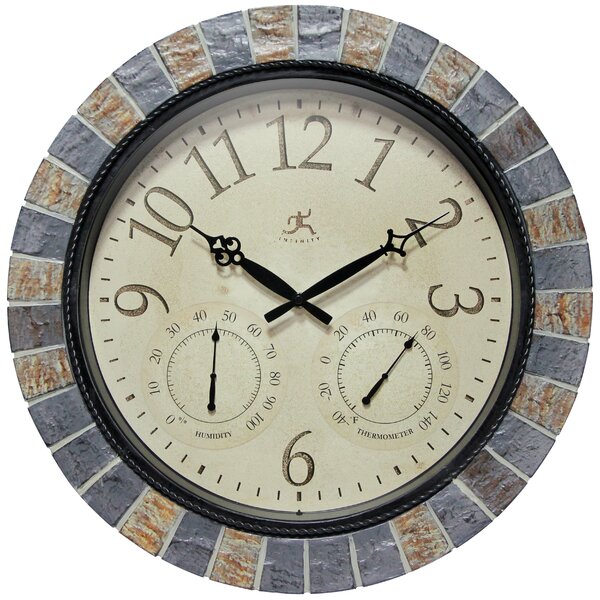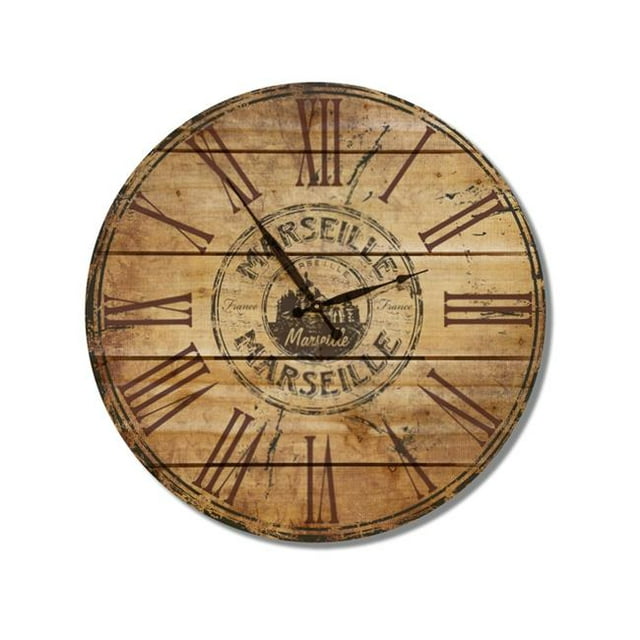
Gardens are places of beauty, serenity, and tranquility. They serve as a retreat from the hustle and bustle of daily life, offering solace and rejuvenation. To elevate the ambiance of your garden, consider the addition of a garden clock. Garden clocks, both functional and decorative, have a rich history and play a significant role in enhancing outdoor spaces. In this article, we explore the world of garden clocks, from their historical origins to their modern-day applications and benefits.
Historical Background
The Origins of Garden Clocks
The concept of garden clocks dates back centuries, with various cultures contributing to their development. The earliest garden clocks were sundials, a simple yet ingenious way to tell time based on the position of the sun. Sundials utilized a gnomon, a stick or rod, casting a shadow that moved with the sun’s rotation. These ancient timepieces not only helped people tell time but also played a role in tracking the movement of celestial bodies.
Evolution of Garden Clocks
As timekeeping technology evolved, so did garden clocks. Mechanical clocks, powered by weights and gears, allowed for more precise timekeeping. These mechanical garden clocks often featured intricate designs and were placed in prominent locations within gardens, acting as both functional timepieces and ornamental focal points.
Browse our Affiliate Products
One of the most famous examples of historical garden clocks is the astronomical clock in Prague, Czech Republic. Built in the 15th century, this remarkable clock not only displays the time but also provides astronomical information, such as the positions of the sun, moon, and zodiac signs.
Types of Garden Clocks

Analog Garden Clocks
Analog garden clocks are the traditional favorites. They encompass a wide range of designs, with sundials being one of the simplest and most iconic examples. These garden clocks continue to captivate garden enthusiasts with their timeless charm and rustic appeal.
Traditional Sundials
Sundials come in various shapes and designs, from classic Roman-style sundials to modern, minimalist versions. They rely on the sun’s shadow to indicate the time and often feature engraved or embossed numerals and designs. Some sundials even include compass directions, allowing you to align them perfectly with the cardinal points.
Mechanical Clocks
Mechanical garden clocks, much like their indoor counterparts, are powered by gears and weights. These require winding to keep accurate time and often feature ornate metalwork or wood carvings. While they may demand more maintenance than other types, they are prized for their intricate craftsmanship and historical significance.
Digital Garden Clocks
Digital garden clocks have gained popularity due to their precision and low-maintenance nature.
Electronic and Quartz Garden Clocks
Electronic garden clocks are powered by batteries and come with quartz movement, which ensures accurate timekeeping. They offer various styles and sizes, making them versatile options for any garden. Additionally, they often include additional features like temperature and humidity displays.
Solar-Powered Garden Clocks
Modern innovation has introduced solar-powered garden clocks, which rely on solar panels to generate energy. These garden clocks are eco-friendly, eliminating the need for batteries or winding. Solar-powered garden clocks come in both analog and digital forms, and their self-sufficiency makes them a sustainable choice.
Check out these affiliate offers below:
Design and Aesthetics
Decorative Features of Garden Clocks
Garden clocks are not just about timekeeping; they are decorative elements that contribute to the overall aesthetics of your outdoor space. The materials and finishes used in their construction can vary widely, allowing you to choose a garden clock that complements your garden’s style.
Materials and Finishes
Garden clocks are crafted from a range of materials, including wrought iron, stainless steel, bronze, wood, and ceramic. Each material lends its unique character to the clock. For example, a wrought iron garden clock adds a rustic and antique feel, while stainless steel offers a sleek and modern look.
Ornate or Minimalist Designs
The design of a garden clock can be as intricate or as simple as you desire. Some feature ornate scrollwork, floral motifs, and decorative elements that evoke a sense of elegance. In contrast, minimalist designs maintain a sleek and understated appearance, focusing on clean lines and functionality.
How Garden Clocks Enhance Garden Aesthetics
Garden clocks have a remarkable ability to become focal points in garden design. Placed strategically, they draw the eye and encourage exploration of the garden. They can also reflect and emphasize your garden’s theme, be it a formal English garden or a whimsical fairy garden.
For more outdoor/garden clocks and wall décor products, check out our product category here for a wide selection of affiliate picks: Outdoor Wall Décor
Installation and Placement

Ideal Locations for Garden Clocks
When installing a garden clock, consider locations that optimize visibility and complement your garden’s layout. Common placements include near the entrance to the garden, on a prominent wall or fence, or as a centerpiece in a dedicated clock garden.
Mounting and Installation Considerations
Ensure proper mounting and installation for the safety and stability of your garden clock. This might involve securing it to a solid base, wall, or post. Follow the manufacturer’s recommendations for your specific clock model.
Complementing Surrounding Elements
The surroundings of your garden clock matter just as much as the clock itself. Consider the plants, shrubs, and other garden decor near the clock. Aim for a harmonious and balanced composition that showcases the clock without overwhelming the space.
Functionality
Timekeeping Accuracy
While the decorative aspect of garden clocks is undoubtedly significant, they must fulfill their primary function—timekeeping. Electronic and quartz garden clocks are known for their accuracy, requiring minimal adjustments. Mechanical clocks may need more attention to maintain precise time.
Additional Features in Modern Garden Clocks
Modern garden clocks often come with additional features to enhance their functionality. Some models include built-in thermometers and hygrometers, allowing you to monitor temperature and humidity levels in your garden. Others may incorporate chimes, playing gentle melodies at set intervals.
Maintenance and Care
Proper maintenance and care are essential to ensure the longevity of your garden clock. This includes regular cleaning, lubrication (for mechanical clocks), and replacing batteries or checking solar panels (for digital and solar-powered models). Be sure to follow the manufacturer’s maintenance guidelines for your specific garden clock.
DIY Garden Clocks
Crafting Your Own Garden Clock
If you’re feeling creative and want a garden clock that’s uniquely yours, consider crafting your own. DIY garden clocks allow you to personalize your timepiece to match your garden’s style and your creative vision.
Materials and Tools Needed
To craft a garden clock, you’ll need materials such as a clock mechanism, clock hands, and a base material (e.g., wood, metal, or concrete). Tools like saws, drills, and adhesives will also be necessary. Choose materials and tools that match your skill level and design preferences.
Personalizing Your Garden Clock
The possibilities are endless when it comes to personalizing your DIY garden clock. Paint it in your favorite colors, add decorative elements, or even incorporate mosaic designs. Your DIY garden clock can become a work of art that truly represents your gardening passion.
Benefits of Having a Garden Clock
Practical Timekeeping for Outdoor Activities
Garden clocks provide a convenient way to keep track of time while you’re enjoying outdoor activities. Whether you’re gardening, hosting a garden party, or simply relaxing, having a garden clock nearby ensures that you can manage your time effectively.
Adding a Sense of Time to the Garden
The presence of a garden clock adds a unique sense of time to your outdoor space. It invites you to slow down and savor the moments spent in the garden. The rhythmic ticking or chiming of the clock can create a comforting atmosphere.
Decorative and Functional Integration
Garden clocks seamlessly combine functionality with aesthetics. They serve as stunning garden decor while also fulfilling the practical purpose of telling time. Their dual nature makes them a valuable addition to any garden, enhancing its beauty and functionality.
Notable Garden Clocks Around the World
Iconic Garden Clocks in Public Gardens
Public gardens often feature exquisite garden clocks that become attractions in their own right. For example, the Denver Botanic Gardens in Colorado boasts a beautiful floral garden clock designed to blend with the garden’s seasonal displays.
Unique and Artistic Garden Clock Installations
Some garden clocks go beyond mere timekeeping and transcend into the realm of art. The Royal Botanic Gardens in Sydney, Australia, is home to a stunning kinetic garden clock. This magnificent clock, called the Time Ball, not only tells time but also creates a visual spectacle with its moving parts and intricate design.
Conclusion
Garden clocks are more than timepieces; they are statements of beauty, function, and history. Whether you opt for a traditional sundial, an electronic timekeeper, or decide to craft your own, a garden clock is a valuable addition to your outdoor space. It enhances the aesthetics of your garden, adds a sense of time to your surroundings, and elevates the overall ambiance. As you embark on your gardening journey, consider incorporating a garden clock to experience the timeless elegance it brings to your outdoor haven.
In the embrace of your garden, a garden clock invites you to linger a little longer, savoring the moments that nature graciously provides. It reminds you that, amidst the rush of life, there’s always time to pause, reflect, and appreciate the beauty of your garden. So, why not let time be on your side as you nurture your garden to flourish and thrive, while the garden clock stands as a witness to the rhythm of life in your beloved outdoor haven.














